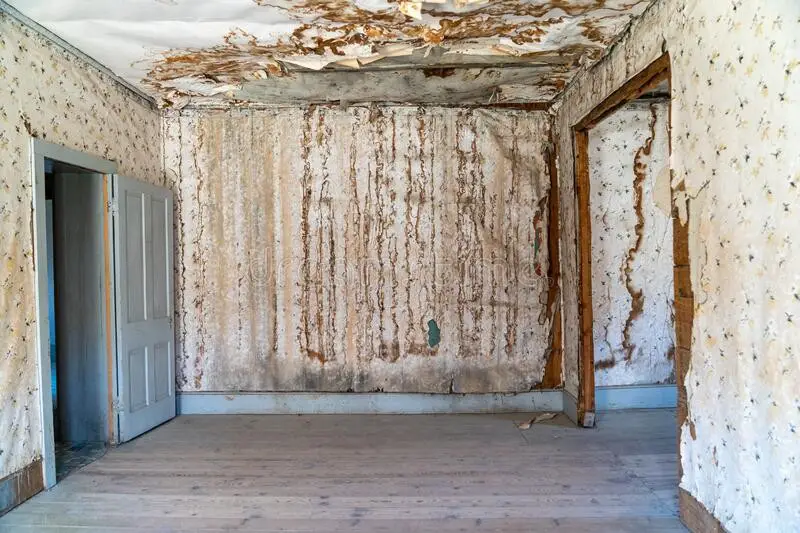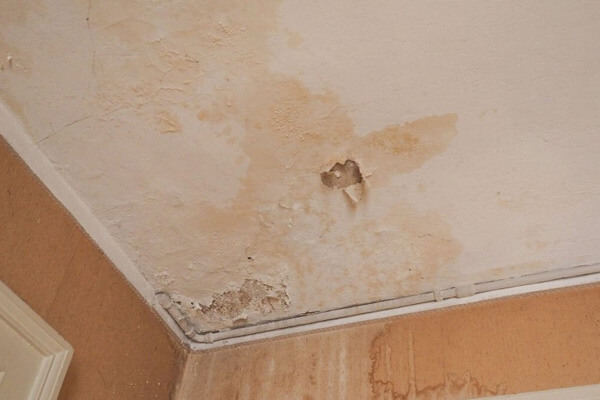Steps to Discover and Fix Water Stains on Wall Surfaces
Steps to Discover and Fix Water Stains on Wall Surfaces
Blog Article
We've discovered the article on Water Stains on Walls down the page on the web and think it made good sense to write about it with you here.

Water stains on walls are not enjoyable to the eyes. In some cases it seems virtually inevitable to experience water stains on walls in homes.
Property owners living in damp regions regularly deal with the concern of water stains on walls. With precise and well-rounded details on the causes of water spots and prompt fixing procedures, you will always be an action in advance of such events.
3 Typical Root Causes Of Water Stains on Wall Surfaces
As opposed to common belief, water spots on walls do not constantly stem from inadequate structure products. There are a number of causes of water discolorations on walls. These include:
Wet
When warm damp air meets with dry cool air, it creates water droplets to form on the wall surfaces of buildings. When there is steam from cooking or showers, this takes place in cooking areas as well as restrooms. The water beads can stain the surrounding walls in these parts of your house and infect other areas.
Wet or condensation affects the roof covering as well as wall surfaces of buildings. This causes them to appear darker than other locations of the home. When the wall surface is wet, it creates an ideal setting for the growth of fungi and microorganisms. These may have negative impacts on health and wellness, such as allergic reactions as well as breathing disorders.
Poor Drain
This will certainly protect against water from leaking right into the walls. This web links to too much moisture that you observe on the wall surfaces of your structure.
The leading cause of damp walls, in this instance, can be a poor water drainage system. It can additionally result from inadequate administration of sewage pipes that run through the structure.
Pipeline Leaks
A lot of houses have a network of water pipelines within the wall surfaces. It always raises the viability of such pipelines, as there is little oxygen within the walls.
Yet, a disadvantage to this is that water leakage influences the walls of the structure and causes widespread damage. An indication of damaged pipelines is the look of a water stain on the wall surface.
Pro Suggestion
A houseplant in your home also raises its humidity. If the residence is already humid, you might want to present houseplants with very little transpiration. An example of appropriate houseplants is succulents.
Water Spots on Wall Surface: Repair Service Tips
House owners would normally desire a quick fix when managing water spots. They would certainly quickly recognize this is disadvantageous as the water stains persist. So, here are a couple of useful pointers that will assist you in the repair of water spots on wall surfaces:
Final thought
No one wants to have water spots on wall surfaces in their house, it can occur to the finest of us. This post offers you utilize, as you currently recognize how to handle this mishap if it does take place.
It is constantly best to hire specialist solutions to aid deal with the problems in your house.
Often it appears nearly unpreventable to experience water discolorations on wall surfaces in residences.
In contrast to preferred idea, water spots on wall surfaces do not constantly stem from poor building materials. There are a number of causes of water discolorations on walls. The water beads can stain the surrounding wall surfaces in these parts of your house and spread to various other areas.
Here are a few practical suggestions that will certainly direct you in the repair of water spots on walls:
CHECKING FOR WATER DAMAGE
Water damage can be costly, and it may begin before you even notice the first signs of trouble. Water damage can cause mold and mildew in your walls and floors, which can create an abundance of health concerns for your family. It can also lead to costly repairs of various appliances and general home fixtures. To avoid the pricey consequences of water damage, here are Warner Service’s top 5 places you should check:
The walls – The easiest place to spot the beginnings of water damage is on the walls and ceilings of your home. If water damage is present, there will most likely be water stains, especially around the windows and doorframes, and/or cracks in the drywall. If a stain looks unusual (discolored to brown, black or gray, raised texture), has a swollen appearance or is soft to the touch, contact a professional immediately. The pipes – To avoid water damage, consistently check the pipes in your kitchen (especially the dishwasher and ice maker), bathrooms, laundry room (specifically washing machines) and basement for corrosion, leaks and water stains. Pay special attention to where the pipes connect in your home and the location of caulking around the bathroom fixtures, including toilets, sinks, showers and tubs. Missing or loose caulking and grout could be signs of leaking water. This seepage can also quickly cause mold and rust, so double check your water heater and tank for wet spots on the floor. The floor – Water damage is very easy to spot on the floor. Look for any warping or buckling of the material, especially in the basement. If your home has wood flooring, look for bright white or dark stains. If your home has carpeting, keep it dry and clean. A damp carpet that smells of mold could cause water damage and health problems. To avoid this, consider installing floor pans under your appliances to help prevent damages from small, slow and undetected leaks. The basement and attic – If your basement or attic smells odd check for mold and mildew around the area, especially the valley where the roof meets. While you are inspecting those areas, check for wall cracks, floor stains, rust and dampness in the insulation. If you live in a colder and/or rainier climate, perform routine checks for water damage from melting snow or ice and rain. The exterior – Check the roof for damaged flashing and missing, cracked or curled shingles. There should also be no standing water anywhere outside your home. This could be caused by puddles, leaky rain gutters or hoses, poor drainage, or short gutter spouts. Invest in a sump pump system or water flow monitoring system, and perform routine maintenance on these outdoor appliances to avoid indoor water damage.

I hope you enjoyed our piece about How to Find and Repair Water Leaking in the Wall. Thanks so much for taking a few minutes to read through our article post. Remember to take the time to share this post if you appreciated it. Thank you for going through it.
Leading plumbing expertise for emergencies. Report this page